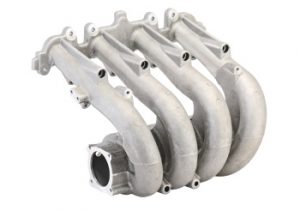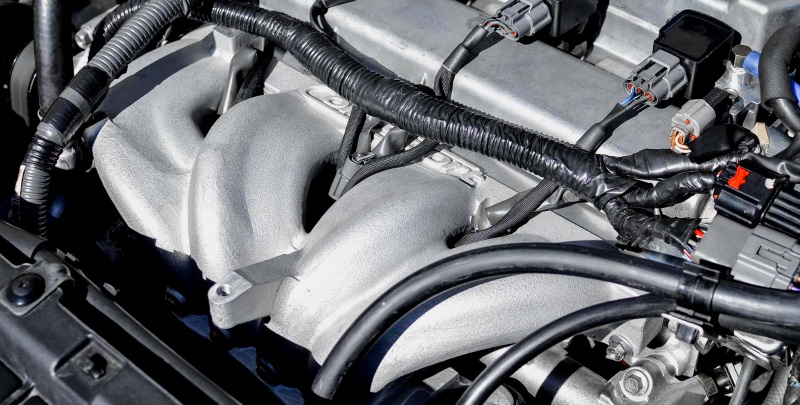What’s the Intake Manifold, Anyway?

Alright, picture this: you’ve just turned onto Peachgrove Road, heading into the morning Hamilton traffic. Under the bonnet, your engine is busy sucking in air and mixing it with fuel so you can actually get up and go. The bit making sure that mix gets evenly to all your engine cylinders? That’s your intake manifold. Most of the time, it’s made out of alloy or old-school iron, sitting right on top of the engine block.
The intake manifold’s job is pretty simple but super important. It pushes the right mix of air and petrol into each cylinder so you’ve got power when you need it—like gunning it up Boundary Road or sitting in stop-start traffic by The Base. Some cars, especially European ones, actually run engine coolant through the manifold as well. That’s just to stop it getting too hot, which we all know can be a bit of an issue in those Waikato summers or crawling through the mist in Tamahere or Rototuna during winter.
It’s bolted onto the engine with an intake manifold gasket. That gasket is what keeps all that precious air and fuel mixture sealed up. No leaks, no dramas. Here’s a bit more if you want to go deep on intake manifolds.
Why Do Intake Manifolds Start Leaking?
So, why do these things start causing trouble? Mate, they cop a hiding. Hot, cold, hot again… park up at Chartwell in summer and that under-bonnet temp is wild. Over time, the gasket starts to get a bit crusty. It’s not just age—it’s all the Hamilton potholes, the speed bumps outside Taco Bell, and the constant stop-go that shakes everything loose.
Sometimes, the manifold itself can actually crack (seen it on everything from a Toyota Estima to the odd Ssangyong Rexton). Even the hoses running emissions gear or vacuum lines can split—don’t forget, all that plastic goes brittle after a few seasons of Waikato sun and frost.
If any of that goes, you’re looking at all sorts of weird running: loopy idle, rough starts, surges when you try to coast round Flagstaff, and your engine might start running lean (too much air, not enough fuel). Suddenly, the old Corolla’s a bit thirstier, and the Check Engine light pops on.
How to Spot an Intake Manifold Leak
We’ve had everything from a Honda Stream owned by a student from Cambridge, to a VW CrossPolo mum from Te Awamutu rock up with these problems. Here’s what we see all the time:
- Sluggish performance: Your car feels gutless when you put your foot down—particularly heading up the Dinsdale hills.
- Poor fuel economy: You’re filling up more at Caltex than you used to. Not ideal with petrol prices!
- Engine warning light: MAP or MAF sensor spots something off, next thing you know, you’re seeing that little orange engine glow. Need an engine light check?
- Weird idle or surges: Engine’s racing while you’re stopped at the lights on Grey Street—sometimes it’s up and down like a yoyo.
- Coolant leaks or overheating: If your manifold has coolant running through it and that goes bad, you might see puddles under the car or the temp gauge climbing. If you spot that, park up and get it checked out before you cook the engine—seen that take out a Subaru Outback before, not pretty.
Intake Manifold Leak Checks and Replacement in Hamilton
If you reckon your car’s got any of these symptoms—don’t wait for it to get worse. At Grimmer Motors, our techs are used to hunting down weird intake leaks, whether it’s on a Nissan Tiida city car or a big Euro wagon carting the kids to Morrinsville. We’ve got all the right gear to run diagnostic tests, sniff out leaks, and sort them before they cause wallet-emptying damage.
We handle full intake manifold replacements, gaskets, hoses—the lot. And yeah, we see plenty of these issues from local cars due to our tough driving conditions in NZ. If you’re near Hamilton, Tamahere, Ngaruawahia, or out Tokoroa way, swing by and let’s get your car sorted.
Just a heads up: We’re a repair workshop, not a parts shop—so we fit the parts, don’t sell them over the counter. Bring your vehicle in and we’ll handle the whole job, easy as.

